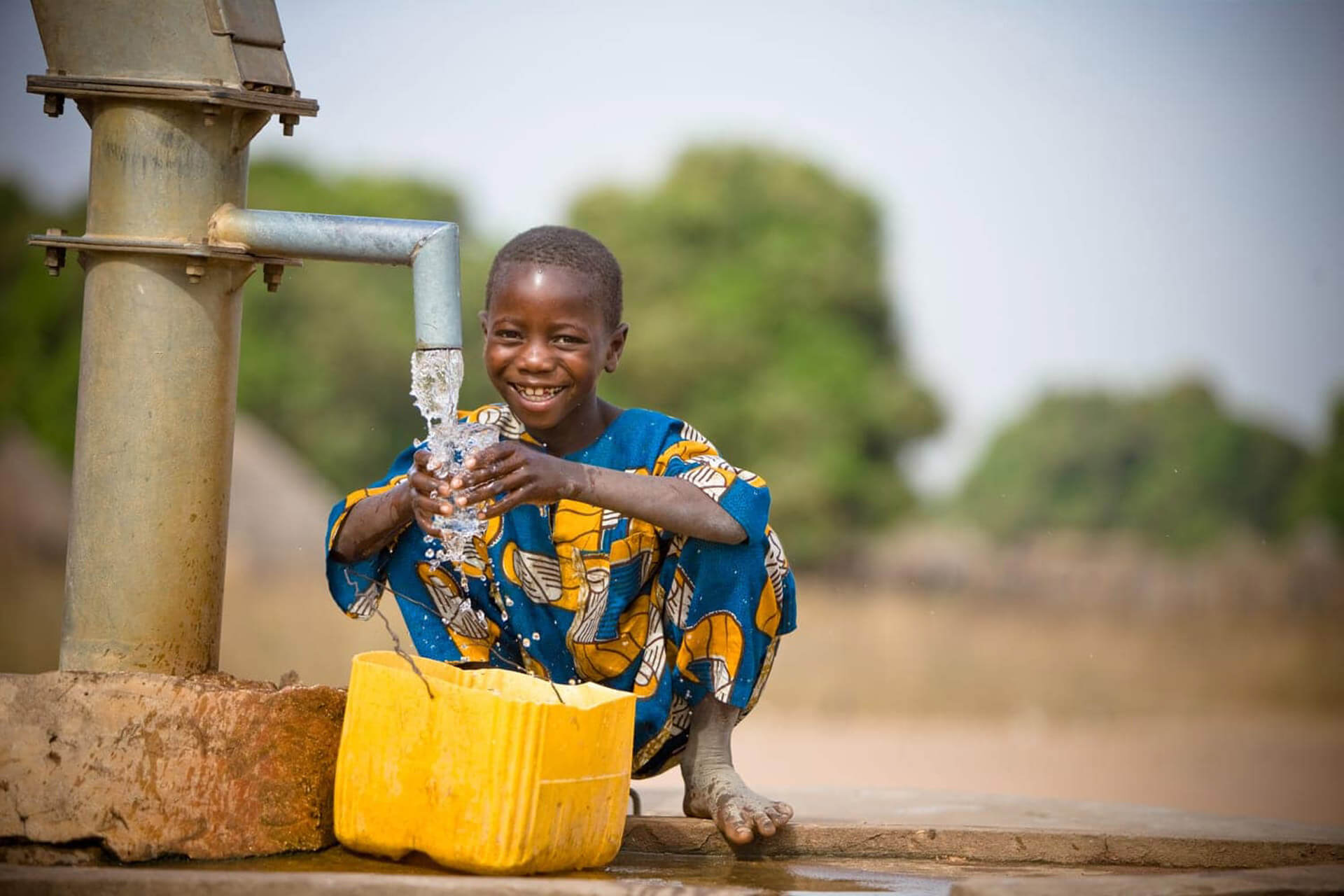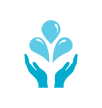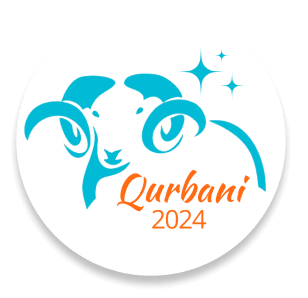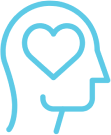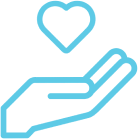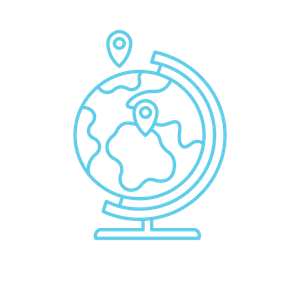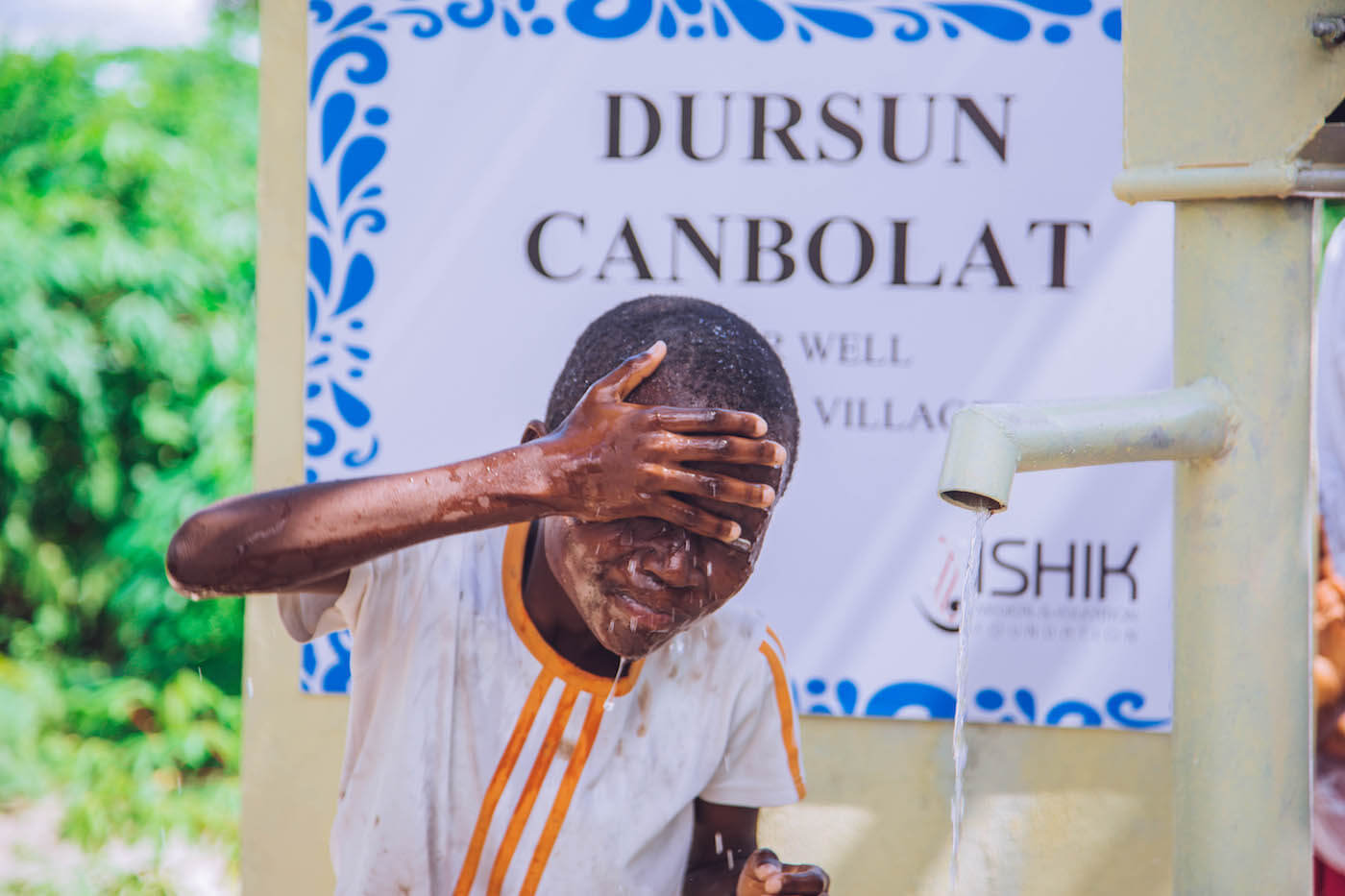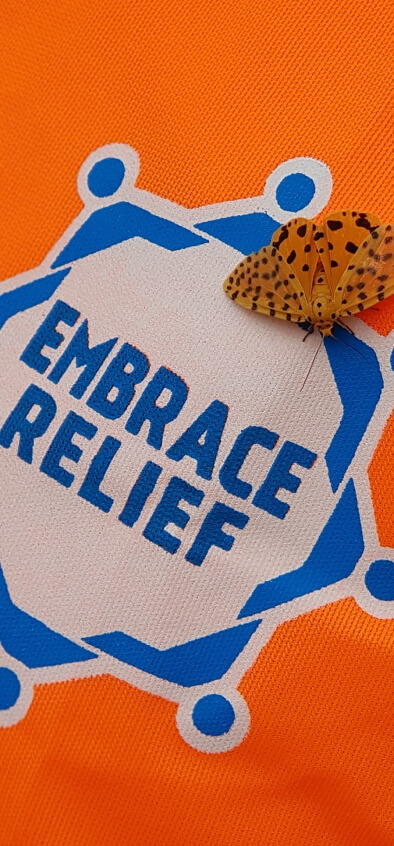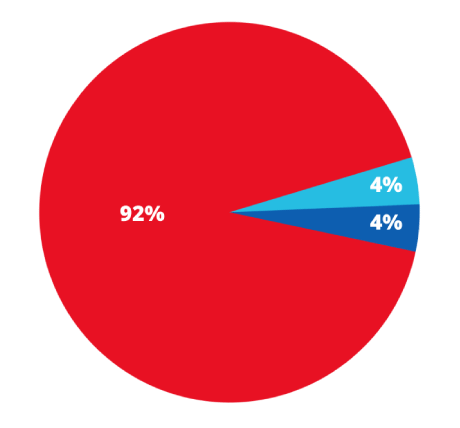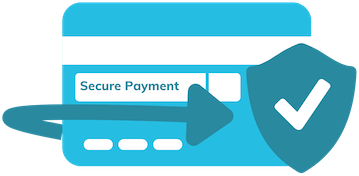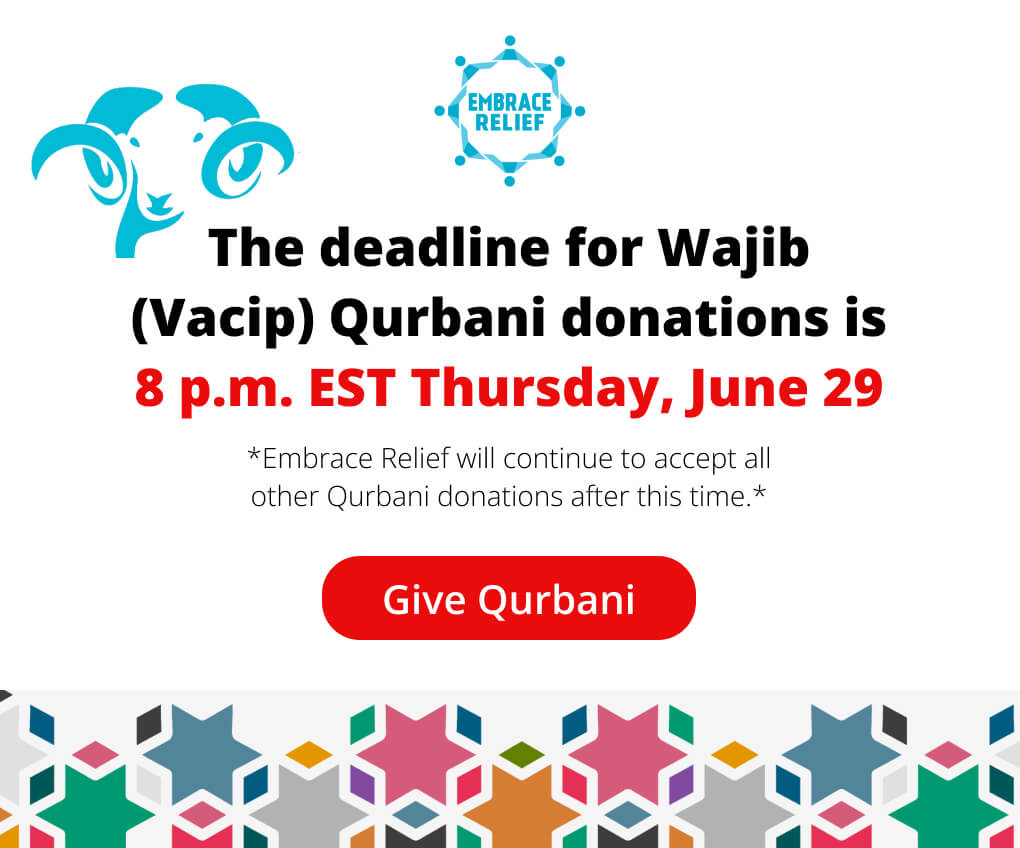Summary
- United Nations Sustainable Development Goal 6 enshrines the principle of clean water and sanitation for all people around the world, to be achieved by 2030.
- Yet more than 2 billion people worldwide do not have access to a nearby, safe source of clean drinking water.
- In sub-Saharan Africa, where the need for clean water is great, one important solution to the clean water crisis is the building of water wells.
- Help Embrace Relief support the achievement of SDG 6 by donating to build and reconstruct water wells in Africa.

In a world marked by rapid urbanization, climate change, and burgeoning populations, ensuring universal access to clean and safe water has become a paramount challenge. Access to clean water is a basic human right, and a necessary requirement for the overall well-being of communities everywhere. Yet nearly 2.2 billion people still lack access to clean drinking water, including hundreds of millions in developing countries in sub-Saharan Africa.
United Nations Sustainable Development Goal 6 (SDG 6), titled “Clean Water and Sanitation,” addresses this pressing issue, providing the impetus to ensure the availability and sustainable management of water and sanitation for all by 2030.
SDG 6 acknowledges the critical role of clean water in eradicating poverty, promoting economic growth, and boosting public health. Access to safe water is also a foundational requirement for achieving several of the other 16 SDGs, such as good health and well-being (SDG 3) and quality education (SDG 4). SDG 6 requires us all to work together to address the water scarcity found in regions like sub-Saharan Africa, where millions continue to grapple with contaminated water sources and inadequate sanitation facilities.
In these regions, we know that vast quantities of fresh, clean water exist – but they are located underground, requiring the drilling of a water well to bring it to the surface. This can be an expensive investment for struggling rural communities with few resources. However, such an investment is an opportunity for the wider community – including local and national governments, non-governmental organizations, and generous people around the world – to come together to fund the building of water wells, supporting SDG 6 and becoming part of the solution to the world water crisis.
How Building Water Wells Helps Achieve SDG 6
Drilling water wells in Africa can help address several of the key objectives of SDG 6, including the following.
- Universal Access to Clean Water: Water wells provide a direct source of clean and safe water, eliminating the need for long and arduous journeys to distant water sources, often contaminated. This reduces the time burden on women and children, allowing them to pursue education, work, and other productive activities.
- Water Quality Improvement: Properly constructed water wells draw from underground aquifers that are naturally filtered, producing cleaner water compared to unprotected surface water, like that found in rivers, lakes, ponds, or watering holes. A water well significantly reduces the risk of preventable, deadly waterborne diseases like cholera and typhoid, which harm or kill millions of people in Africa each year.
- Sanitation: Abundant clean water also creates the conditions for communities to support proper sanitation and hygiene, a necessary step for public health.
- Sustainability and Resilience: Water wells, if designed and maintained effectively, can provide a consistent and reliable water supply even during droughts. This bolsters community resilience in the face of changing climate patterns, a factor that is vital for achieving SDG 13 (Climate Action).
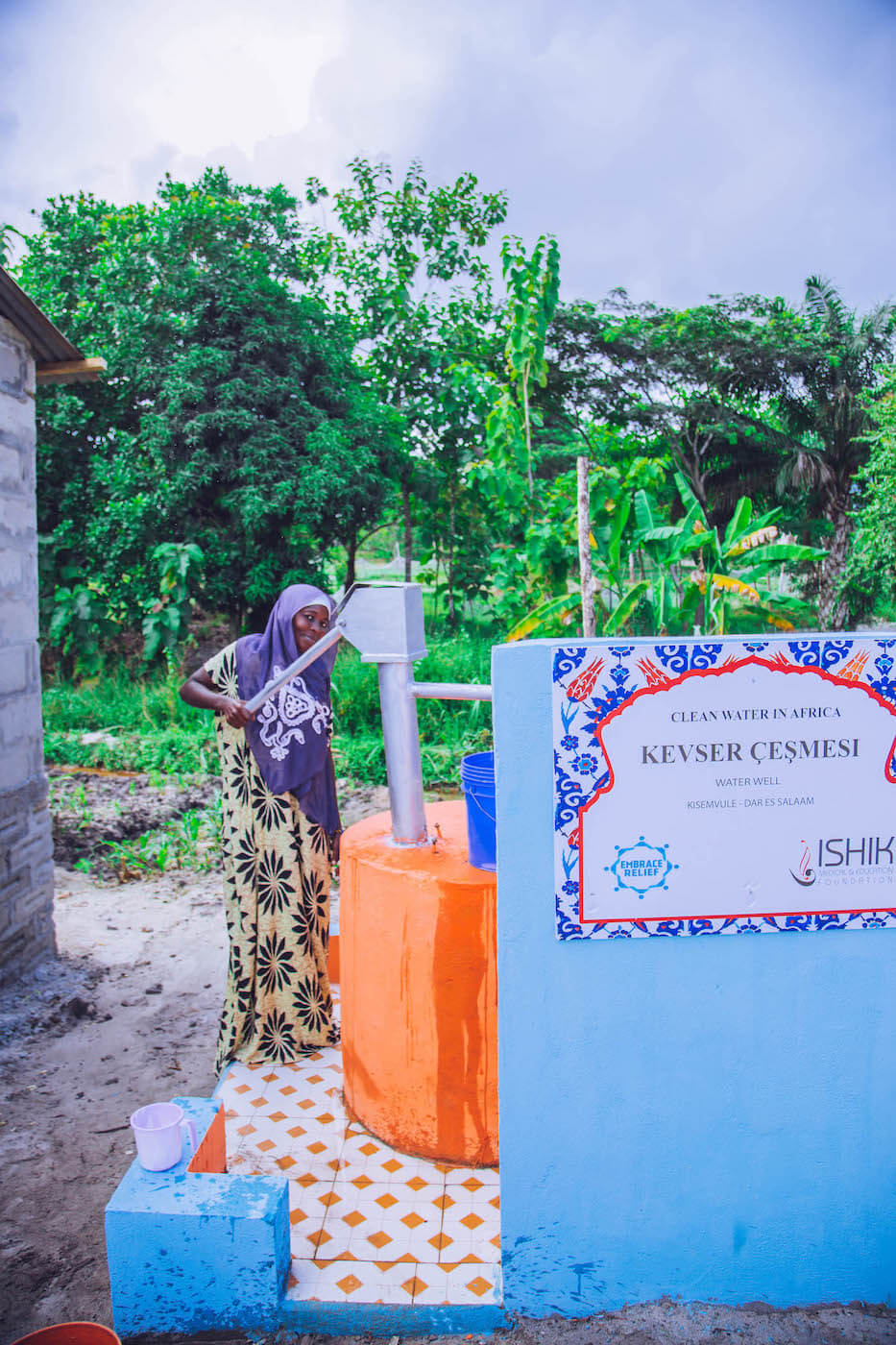
As mentioned, water wells are also linked with other Sustainable Development Goals, too, such as:
- Economic Development: Reliable access to water opens up opportunities for agricultural development, supporting SDG 2 (Zero Hunger) and SDG 8 (Decent Work and Economic Growth). Improved water availability can lead to increased crop yields and the establishment of small-scale enterprises.
- Education and Gender Equality: Children, especially girls, are often responsible for fetching water in communities without proper access. By providing water wells, girls can attend school regularly, aligning with SDG 4 (Quality Education) and SDG 5 (Gender Equality).
In conclusion, the importance of United Nations Sustainable Development Goal 6 cannot be overstated. Access to clean water is a fundamental human right and a catalyst for achieving multiple interconnected SDGs. Water well-building programs in Africa offer a tangible and impactful means to propel progress towards SDG 6. By ensuring universal access to clean and safe water, these programs lay the foundation for healthier communities, sustainable development, and a more equitable world.
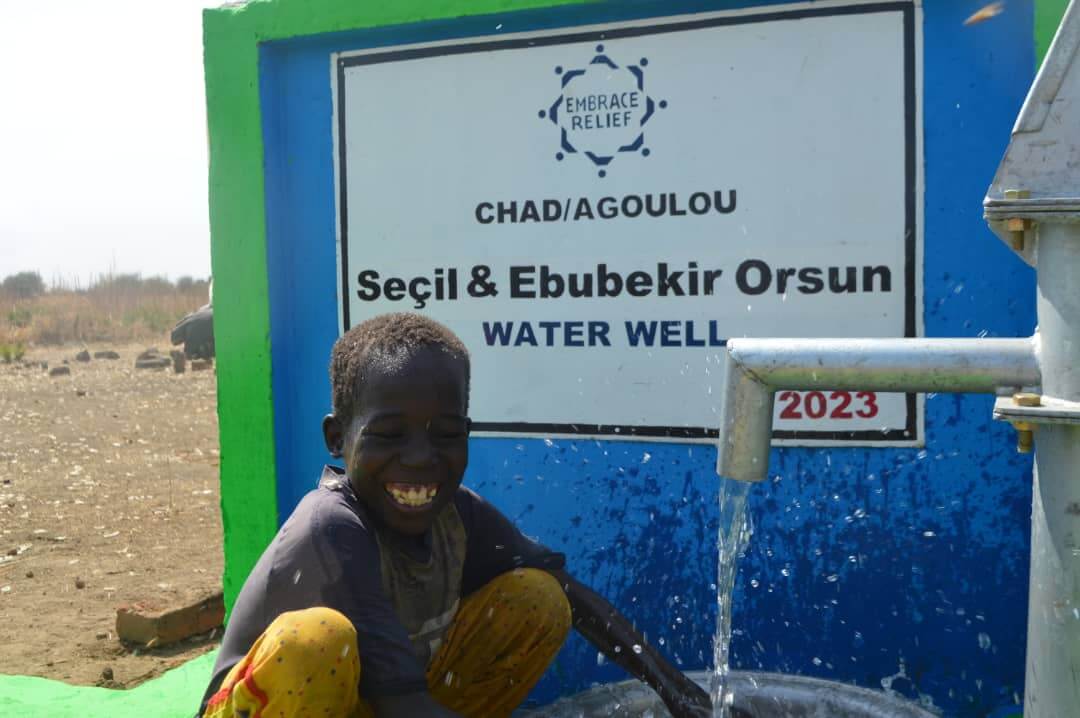
Join Embrace Relief and build water wells to support SDG 6
Embrace Relief has been working since 2013 to be a part of the clean water solution in Africa. We have built or reconstructed nearly 800 water wells in the countries of Chad, Cameroon, Nigeria, Kenya and Tanzania, giving the gift of clean water to more than 800,000 people!
In the months and years after a community receives a water well from Embrace Relief, we find people who are healthier, happier, more productive, more educated, and more prosperous. Our wells are creating the transformational positive change envisioned by United Nations Sustainable Development Goal 6.
But we can’t create this change without you. Click the link to learn more about Embrace Relief’s Clean Water Initiative, and then make a tax-deductible donation for water wells in the box below. With just a couple of clicks, you have the potential to change lives and make a difference in achieving a better world.
